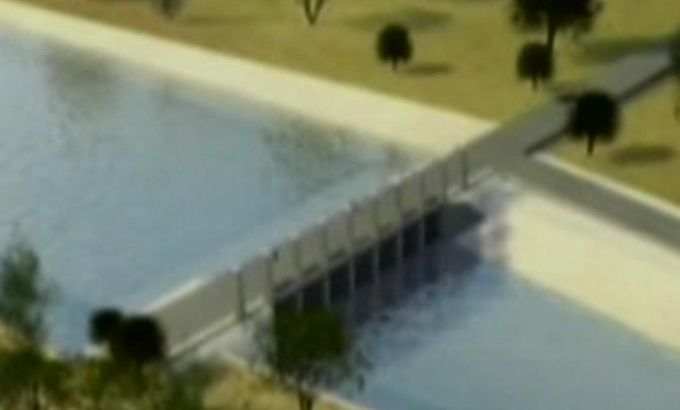
Death on the Nile
As Ethiopia diverts the river to build a dam, we examine the impact on water supply for Egypt’s growing population.
The River Nile has been a source of life for millions over the centuries. Now Ethiopia is diverting water to build a giant dam, and those downstream who depend on the river, are left wondering when and whether this issue can be resolved peacefully.
The Nile is the longest river in Africa, flowing through 11 countries of the continent.
Keep reading
list of 4 itemsAfter the Hurricane
World’s coral reefs face global bleaching crisis
Why is Germany maintaining economic ties with China?
It has two major tributaries, the White Nile and the Blue Nile. The Blue Nile is the source of almost 85 percent of the river’s water. It begins in Lake Tana in northern Ethiopia and flows into Sudan where it meets the White Nile in Khartoum – they then flow to Egypt as the Nile River.
Whether we have a bigger population or not, it is ... our right to use our fair share in terms of using the Nile River.
Ethiopia, one of the countries through which the river flows, wants to divert parts of it to create a $4.7bn hydroelectric dam, the 11th biggest in the world. The dam is part of a $12bn programme called The Great Ethiopian Renaissance Dam.
The investment which aims to boost power exports has sparked concerns in Egypt and Sudan. The two countries say that the construction of this dam violates a colonial era agreement from 1959, which gave them rights to almost 90 percent of the Nile’s waters.
For hundreds of years, Ethiopian Kings have warned of their power to divert waters of the Nile but never made good on their threats.
“Now, what we are seeing with Somalia becoming increasingly fragmented, and the division of Sudan and Egypt having to deal with its internal problems, is … Ethiopia becoming more powerful. And as a result, Ethiopia can start to exert some of its rights and access to the river,” says Cleo Paskal, a specialist in water and food security.
The consequences of the Ethiopia’s dam could be very serious for Egypt, which as a dry country, is heavily reliant on the Nile for its water supply. And that supply could suffer a loss of between 11 and 19bn cubic meters of water, while the dam is being built.
According to experts, that would cause two million Egyptian families to lose their income.
Eighty four percent of the Nile comes from Ethiopian rivers. Egypt must thank Ethiopia for letting them use it for free so far.
The Ethiopian dam could also affect Egypt’s electricity supply by 25 to 40 percent, which would leave Upper Egypt in darkness.
Lastly, with a growing population that is expected to hit 150 million by 2050, Egypt will need an extra 21bn cubic meters of water in order to cope with the growth, which makes the dam construction even more serious in the long term.
So, how is the Egyptian government going to deal with the construction of the controversial dam? And how can Egypt actually turn it into a beneficial project?
To discuss this, Inside Story, with presenter David Foster, is joined by guests: Bereket Simon, Ethiopian minister of information; Lama el-Hatow, co-founder of water institute of the Nile and specialist in water governance and climate change; and Cleo Paskal from Chatham House, specialist in water and food security and writer of Global Warring: How Environmental, Economic and Political Crises Will Redraw the World Map.
|
“There is going to be positive and negative impacts …. With this infrastructure project and in order for us [Egyptians] to move forward, we need to focus on the win-win opportunities and solutions that can come about from this dam and how Egypt can begin to cooperate with Ethiopians … in order to find that common ground where they can both begin to actually approach this dam together.” Lama el-Hatow, co-founder of water institute of the Nile and specialist in water governance and climate change. |